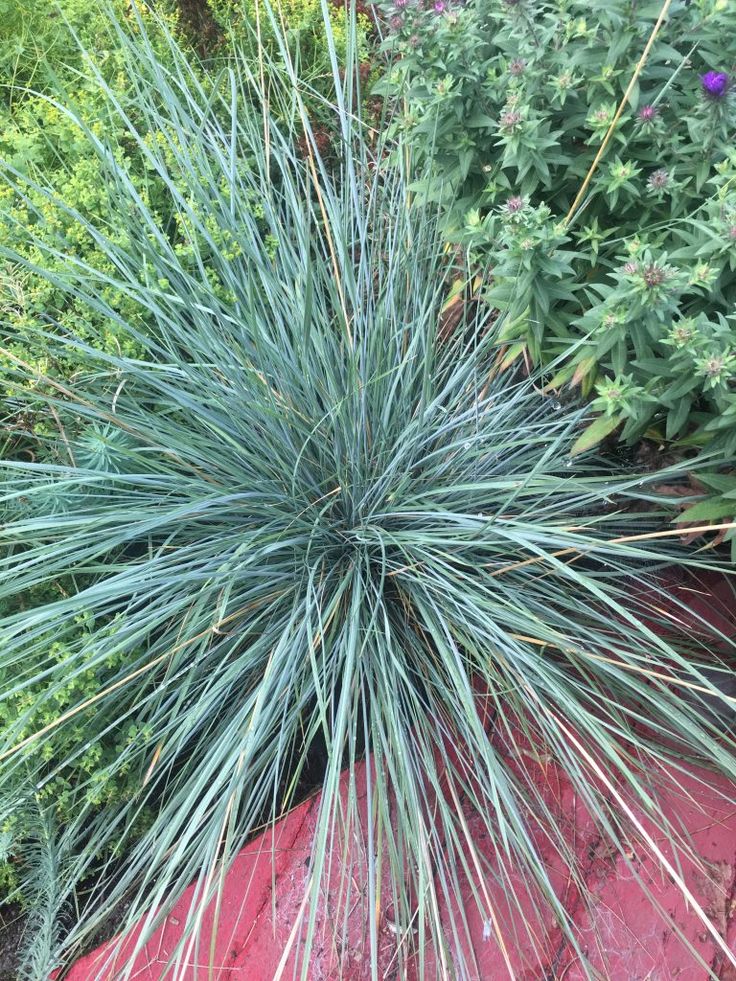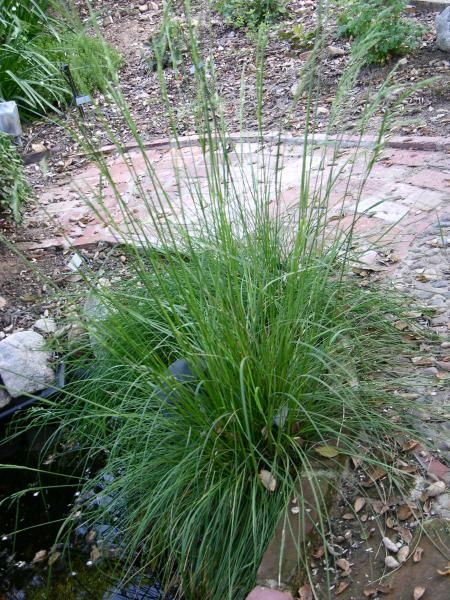Festuca californica

Festuca californica, commonly known as California fescue, is a native perennial bunchgrass species that is endemic to the western United States.
With its slender blades and graceful appearance, Festuca californica contributes to the beauty and ecological integrity of various habitats across its range.
In this detailed article, we will explore the botanical characteristics, habitat preferences, ecological roles, conservation status, and care guidelines for Festuca californica.
Botanical Description
Festuca californica is characterized by its slender, fine-textured leaves and tufted growth habit.
The plant typically forms dense clumps or tussocks, with individual stems reaching heights of 1 to 3 feet (30 to 90 cm).
The leaves are narrow and wiry, ranging in color from bright green to bluish-green.
In late spring to early summer, Festuca californica produces delicate flower spikes that rise above the foliage, bearing small, inconspicuous flowers.
These flowers give way to small, dry seeds that are dispersed by wind, contributing to the plant's reproduction and spread.
Habitat and Distribution
California fescue is found in a variety of habitats, including grasslands, woodlands, and chaparral, throughout California and parts of Oregon and Nevada.
It thrives in well-drained soils with moderate moisture levels, often growing on slopes, ridges, and open areas.
Festuca californica is particularly well-suited to coastal and montane environments, where it helps stabilize soils, reduce erosion, and provide habitat and forage for wildlife species.
Life Cycle and Phenology
As a perennial grass, Festuca californica undergoes a yearly life cycle characterized by gradual growth and reproduction.
New growth typically emerges in early spring, with the plant reaching full maturity by late spring to early summer.
Flowering occurs during this time, with the production of slender, airy flower spikes that sway gently in the breeze.
Following pollination, the plant produces seeds that are dispersed by wind, contributing to the establishment of new populations.
Ecological and Cultural Importance
Festuca californica plays a vital ecological role in various habitats, where it helps stabilize soils, reduce erosion, and provide habitat and forage for a variety of wildlife species.
The dense clumps of foliage offer cover and nesting sites for birds, small mammals, and insects, contributing to overall biodiversity.
Additionally, California fescue holds cultural significance for indigenous peoples of the region, who have historically utilized the plant for weaving, thatching, and basketry, preserving cultural traditions and connections to the land.
Conservation and Threats
While Festuca californica is not currently listed as threatened or endangered, habitat loss and degradation pose significant threats to populations of the species.
Urbanization, agriculture, and invasive species encroachment all contribute to the decline of natural habitats where California fescue is found.
Climate change exacerbates these threats, altering precipitation patterns and increasing the frequency and severity of droughts and wildfires.
Conservation efforts focused on habitat restoration, invasive species control, and land preservation are essential for safeguarding the long-term viability of Festuca californica and other native grassland species.

Caring for Festuca californica
Sunlight
Plant Festuca californica in a location that receives full sunlight to partial shade.
While it can tolerate some shade, it thrives in full sun.
Watering
California fescue prefers moderate moisture levels and well-drained soils.
Water deeply but infrequently, allowing the soil to dry out slightly between waterings.
Avoid overwatering, as this can lead to root rot.
Soil
Provide well-drained soil with a neutral to slightly acidic pH.
Incorporate organic matter such as compost to improve soil fertility and structure.
Mulching
Apply a layer of organic mulch around the base of the plant to conserve moisture and suppress weed growth.
Keep the mulch several inches away from the stems to prevent rot.
Pruning
Minimal pruning is needed for Festuca californica. Remove dead or damaged foliage as necessary to maintain the plant's health and appearance.
Following these care guidelines enables thriving Festuca californica, aiding in preserving this iconic species and its ecosystems.
Whether for erosion control, habitat restoration, or landscaping, its beauty and ecological value endure.
Leave a Reply
You must be logged in to post a comment.